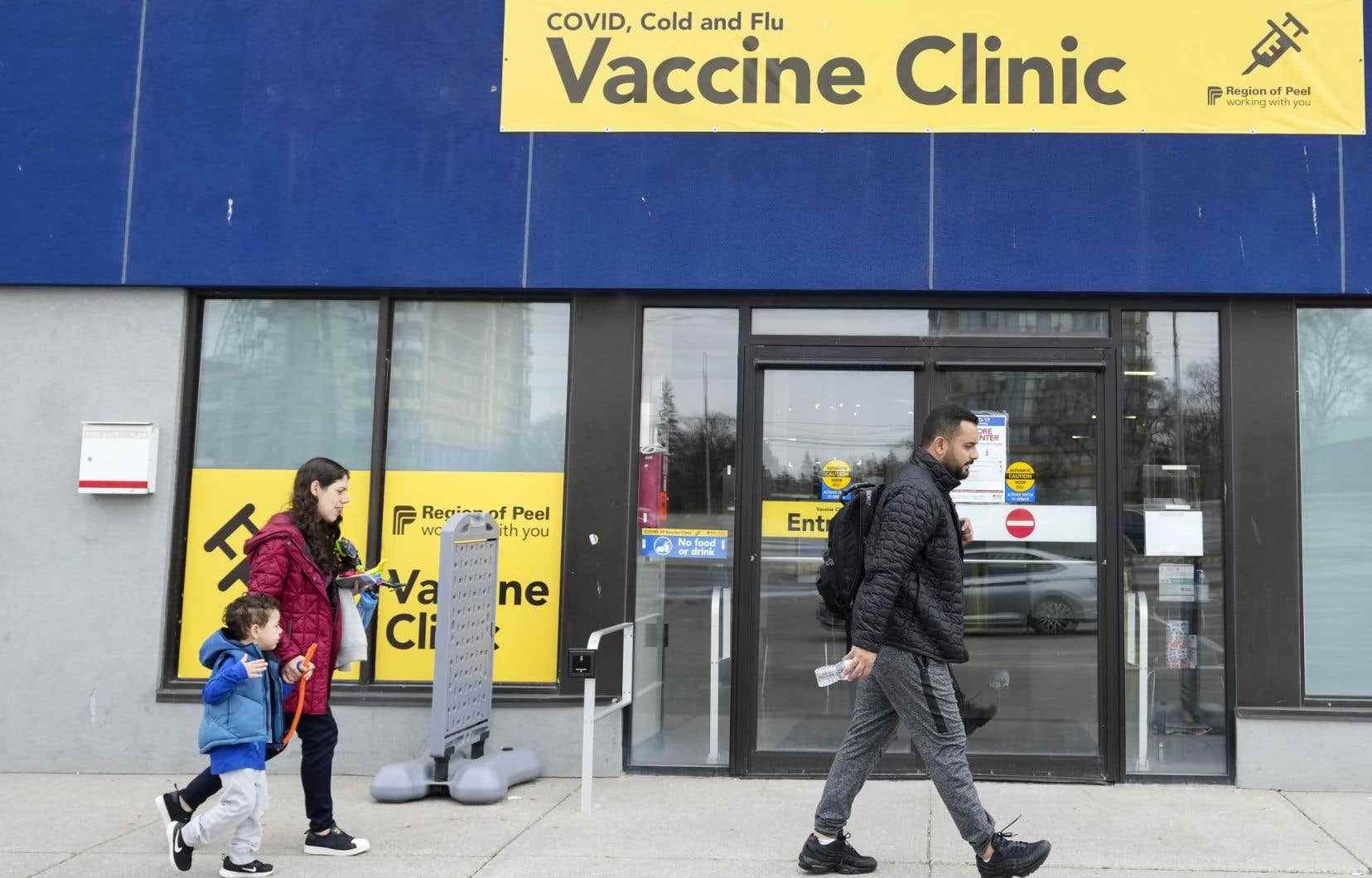All Ontarians aged 18 to 59 will be able to receive a fourth dose of the COVID-19 vaccine as early as Thursday if they wish. But the province’s chief medical officer of health, Dr.r Kieran Moore, currently only recommends it for people with underlying health conditions. This second booster dose can be obtained five months after the first.
Ontario is in the midst of a seventh wave of the disease, and the eighth could occur in about 90 days if the cycle continues unabated, warned the Dr Moore at a press conference on Wednesday. There are currently approximately 5,000 new cases of COVID-19 every day in the province. This seventh wave, less severe than the previous ones, should reach its peak in the next two weeks, he explained.
Unlike Quebec, which made the fourth dose of the COVID-19 vaccine available to all adults on May 4, Ontario has until now only offered it to people over 60 and members of First Nations. According to the Dr Moore, more than 1.6 million people particularly vulnerable to the disease have still not received this fourth injection. “I encourage these people to get vaccinated as soon as possible,” said the medical officer of health.
Five million Ontarians also still haven’t gotten their third dose of vaccine: That’s why the Dr Kieran Moore had decided to wait before making the fourth available to everyone. According to data from the province’s science advisory table, 61 per cent of Ontarians over the age of 18 have been vaccinated three times. “We have adopted an approach based on the risk incurred by the population,” says the medical officer of health.
Under this approach, therefore, it is mainly Ontarians aged 18 to 59 with chronic diseases (diabetes, for example) who are called upon to be vaccinated for a fourth time. To others, especially the youngest, the Dr Kieran Moore suggests waiting for the arrival this fall of new vaccines targeting more effectively the BA.4 and BA.5 subvariants of Omicron. The chief medical officer of health is also hopeful that they will then reduce the rate of transmission of COVID-19.
Hospitals under control, for now
Despite labor shortages that have forced emergency rooms in some hospitals across the province to close, Dr.r Moore says the situation there is under control. The Medical Officer of Health admits, however, that “personnel problems” must be resolved, a task that falls to the Ontario Health Agency.
Nearly 70% of intensive care beds in the province are currently occupied, and if the re-emergence of COVID-19 were to make the situation worse, contingency plans exist, noted the Dr Moore. In such a case, certain sanitary measures – the compulsory wearing of a mask in public places, for example – could return, although this possibility is ruled out for the moment. The medical officer of health also notes that many Ontarians continue to wear the mask voluntarily, as a precautionary measure.
Finally, the province is extending until December 31 its program for the distribution of rapid diagnostic tests for COVID-19 in grocery stores and pharmacies, which was originally scheduled to end in July. “We will reevaluate it at the end of the year,” noted the Dr Moore.
This story is supported by the Local Journalism Initiative, funded by the Government of Canada.
